Cut down dragon fruit, plant durian
Since the beginning of June, the fruit export situation has been busier than ever. In Lang Son province, the Dong Dang - Lang Son border gate economic zone management board said that every day, more than 300 trucks pour into Huu Nghi and Tan Thanh border gates, of which trucks carrying lychee account for a large proportion because it is in season and prioritizes consumption due to its short preservation time, followed by trucks carrying durian. However, in contrast to the increased output, the selling price of durian is falling sharply. Many traders who have agreed with gardeners on a bulk purchase price are now suffering from losses. However, gardeners are still looking for ways to expand the durian acreage despite the fact that this type of tree takes at least 4 years to bear fruit.
After causing a fever in the Central Highlands and the Mekong Delta provinces, the area of durian cultivation has spread to places where the climate and soil are not suitable. In Binh Thuan province, although it was previously famous for cashews and dragon fruit, in recent years, durian trees have begun to increase their presence. In Duc Linh, durian trees grow in Da Kai and Me Pu over 1,200 hectares; in Ham Thuan Bac, Da Mi commune has about 1,000 hectares of durian trees. Compared to durian in Da Kai, Me Pu and Da Mi, durian trees were formed in Ta Pua (Duc Phu commune), Da Mi village (La Ngau commune) in Tanh Linh later, with an area of over 200 hectares. That is the surface area, the actual area is much higher. In general, durian trees are suitable for the soil in the areas mentioned above, producing products of both quality and appearance.
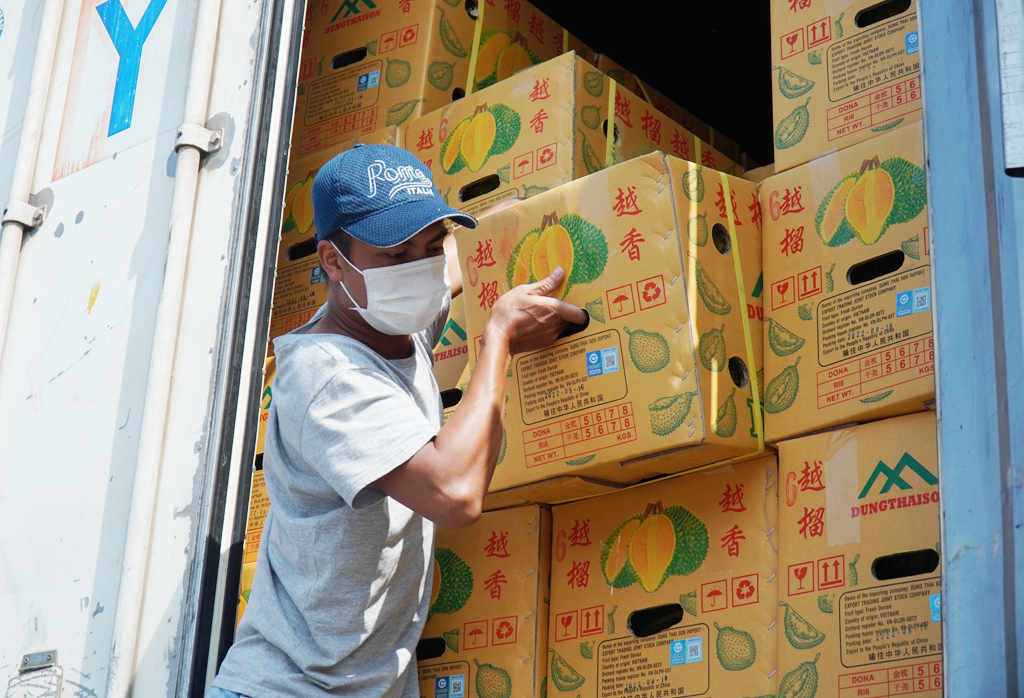
Need to focus on durian quality exported to Chinese market
Because durian trees bring significant income to growers, many people have destroyed coffee, pepper, and Taiwanese mango trees to plant durian trees. Ms. Nguyen Thi Ngan (in Da Mi commune, Ham Thuan Bac district) destroyed more than 3 hectares of Taiwanese mango trees and replaced them with durian trees. "From 2021 to early 2022, Taiwanese mango prices dropped dramatically, good ones were 1,500 VND/kg, traders did not buy bad ones. Therefore, I planted durian trees instead of mangoes, hoping for stable prices," said Ms. Ngan.
Discussing the durian market in China, Mr. Dang Phuc Nguyen, General Secretary of the Vietnam Fruit and Vegetable Association, commented: Vietnamese durian has many competitive advantages compared to Thai and Philippine durian. Vietnam's durian output has increased to about 1 million tons, harvested almost all year round, while Thailand and the Philippines only harvest seasonally. The shorter transportation distance from our country to China is also an advantage that helps Vietnamese durian stay fresh and delicious, and the transportation cost is cheaper than that of competitors.
Mr. Nguyen Nhu Cuong, Director of the Department of Crop Production (Ministry of Agriculture and Rural Development)
Mr. Dang Phuc Nguyen said: "Many positive signals have caused people to massively switch, but in the long run, it is still about product quality. The Thai durian industry has developed decades before Vietnam. They are very strong in preservation technology, product quality, many good varieties and recently continued to raise the quality standards of exported durian."
Specifically, Thai durian exported to China must have a minimum dry matter content of 35%, higher than the previous 32%. Accordingly, durian has less water, firmer and tastier segments. This move by Thailand is considered a factor to compete directly with Vietnamese durian in the Chinese market. In addition, Thailand also applies regulations to punish those who cut durian for export if they intentionally cut young, underripe fruit, because it will affect the quality and national brand of this fruit.
According to statistics, Vietnam currently has 293 durian growing areas and 115 durian packing facilities that have been granted export codes to this market by China. Currently, the Plant Protection Department is working with China to agree on the next inspection schedule for about 400 growing areas and 60 durian packing facilities. Having more durian growing area codes and packing facilities approved by China is a good sign for durian growers and exporters as the demand from this market is very large.
Brand building, process standardization
According to calculations by many garden owners, the current price of durian, although it has decreased, is still quite high. It is harvest season, the price has dropped to 40,000 - 50,000 VND/kg, but that is still profitable, so even if the price drops to 20,000 VND/kg, it is still acceptable. However, that is a short-term view. For example, dragon fruit, which used to be exported for billions of USD, making many gardeners rich, but there was a time when it was unsold and could not be sold, it was only 1,000 - 2,000 VND/kg, even given away for free but no one took it.
Ms. Ngo Tuong Vy, General Director of Chanh Thu Fruit Export Group Joint Stock Company, expects the company to export 20,000 - 30,000 tons of durian to China in 2023. However, she is also worried about the quality of durian exported to the Chinese market today. Because recently, durian prices have increased to a record high, goods are scarce, some gardeners are chasing profits, forcing warehouses to buy bad goods, cutting young goods (which are advantageous in terms of weight) without being selective. Meanwhile, traders are short of goods and agree to buy all types without distinguishing quality.
"It took us many years to be able to officially export durian to the Chinese market. Instead of producing products that meet export standards to gain market share, we are now chasing profits, massively purchasing low-quality and unripe durian, which is no different than returning to the period of trading on trips. We cannot lose our reputation and the business relationships that we have built up over many years just because of a profit of 1-2 billion VND per trip," Ms. Vy emphasized.
Mr. Nguyen Nhu Cuong, Director of the Department of Crop Production (Ministry of Agriculture and Rural Development), said: "Durian trees are only commonly concentrated in the Mekong Delta region including Tien Giang , Vinh Long, Ben Tre, the Southeast region such as Dong Nai, Binh Phuoc, the Central Highlands including Lam Dong, Dak Lak, Dak Nong, but people flock to plant them, even planting them in low-lying, infertile land, intercropping with pepper plants. The area and output exceed the recommendation. According to forecasts, in 2023, Vietnam's durian output will reach about 1 million tons. Meanwhile, up to now, China has only granted 300 codes for growing areas and packaging facilities and about 40 codes are in the process of being checked online. Thus, the official durian export output to China only accounts for about 15 - 20% of durian output in Vietnam and domestic consumption is still the main one".
Mr. Cuong emphasized: "Export enterprises need to cooperate with people and durian growers to manage quality, trade, output and production safety according to the standards set by partners. We recommend that instead of increasing acreage and output, localities, businesses and people need to build brands, increase added value and standardize production processes from cultivation, harvesting, processing, packaging, transportation and distribution... to ensure high efficiency and maintain prices. If we continue to develop rapidly like recently, durian prices will drop further. Do not let the image of durian or our agricultural fruits be affected by rapid development, production without standards, standards, and safety assurance from importers."
Speaking to Thanh Nien , Mr. Nguyen Dinh Tung, General Director of Vina T&T Group Import-Export Company, commented: "Currently, the quality of fruit trees in Vietnam is declining due to the supply of seeds and the quality of seedlings being left unchecked. Growers have absolutely no idea how to grow their varieties, or which areas are suitable for planting, and only depend on the seller. As such, the quality of the fruit will certainly not be consistent, and the selling price will decrease significantly. Thus, in addition to the massive increase in acreage, a large number of growers are being blinded by the advertising offers of seed companies, causing the quality of fruit trees to decline more and more."
Meanwhile, Mr. Dang Phuc Nguyen recommended that people should grow mangosteen instead of durian because Thailand is proactively reducing mangosteen trees, and the profit of mangosteen trees is not inferior to any other tree. In response to this situation, the Ministry of Agriculture and Rural Development said it will organize a conference on quality management of fruit tree varieties in the South to clearly analyze the reality and control this situation in the near future.
Source link



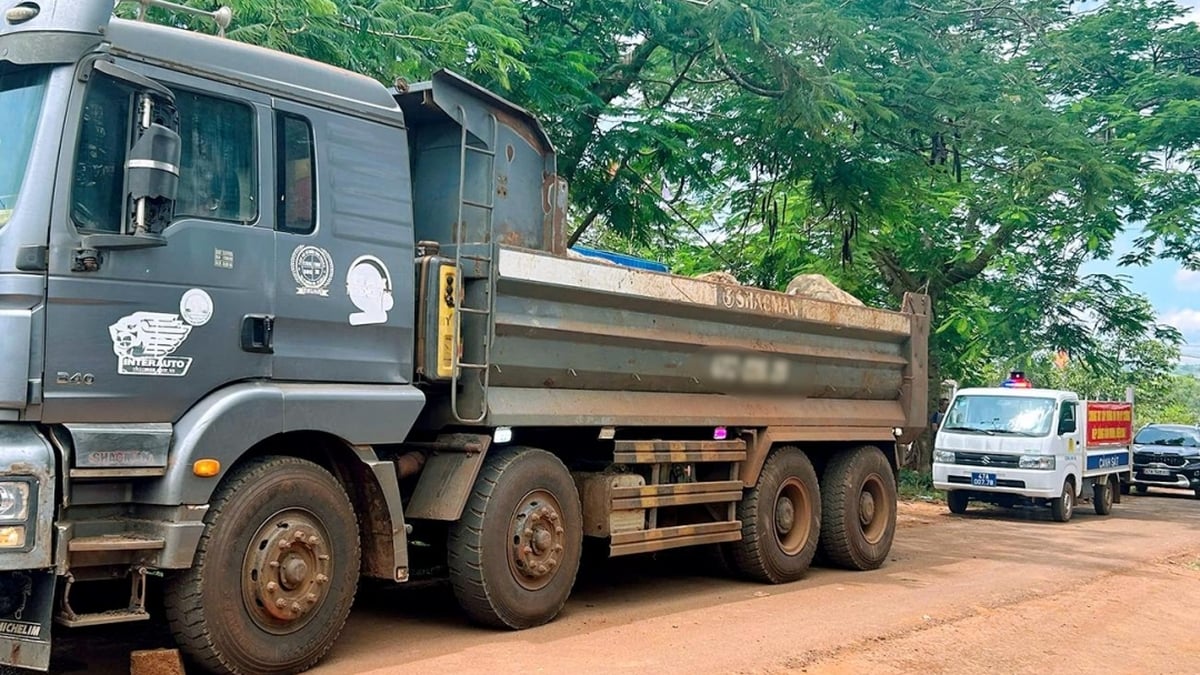
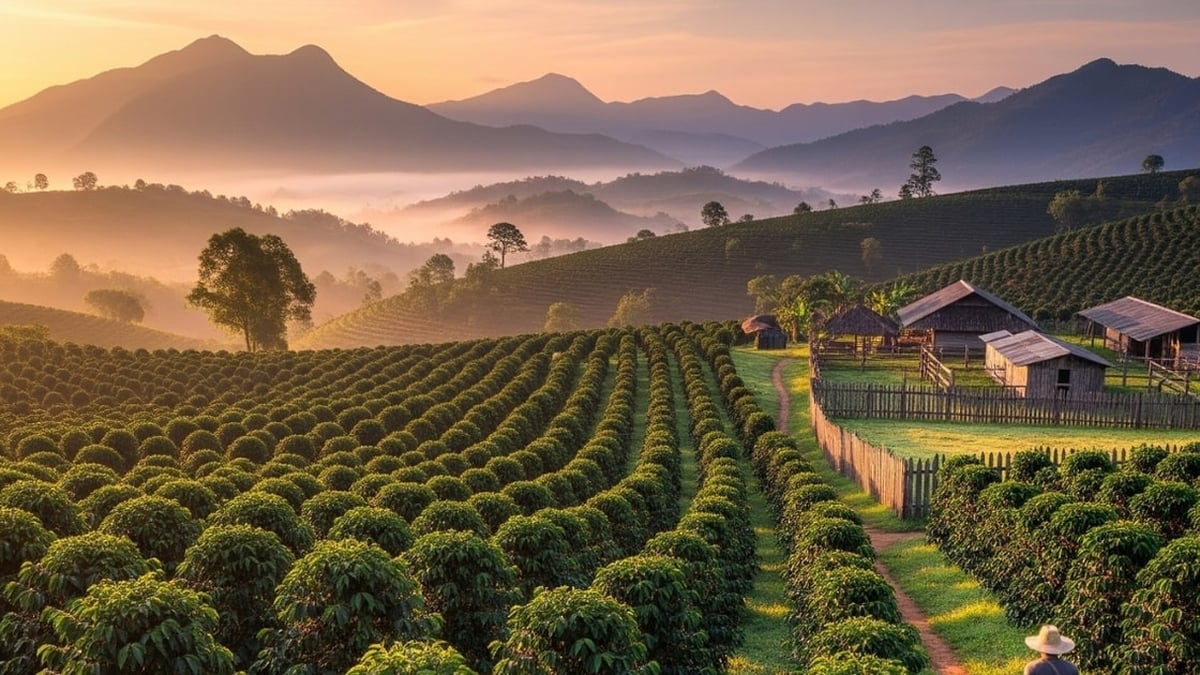

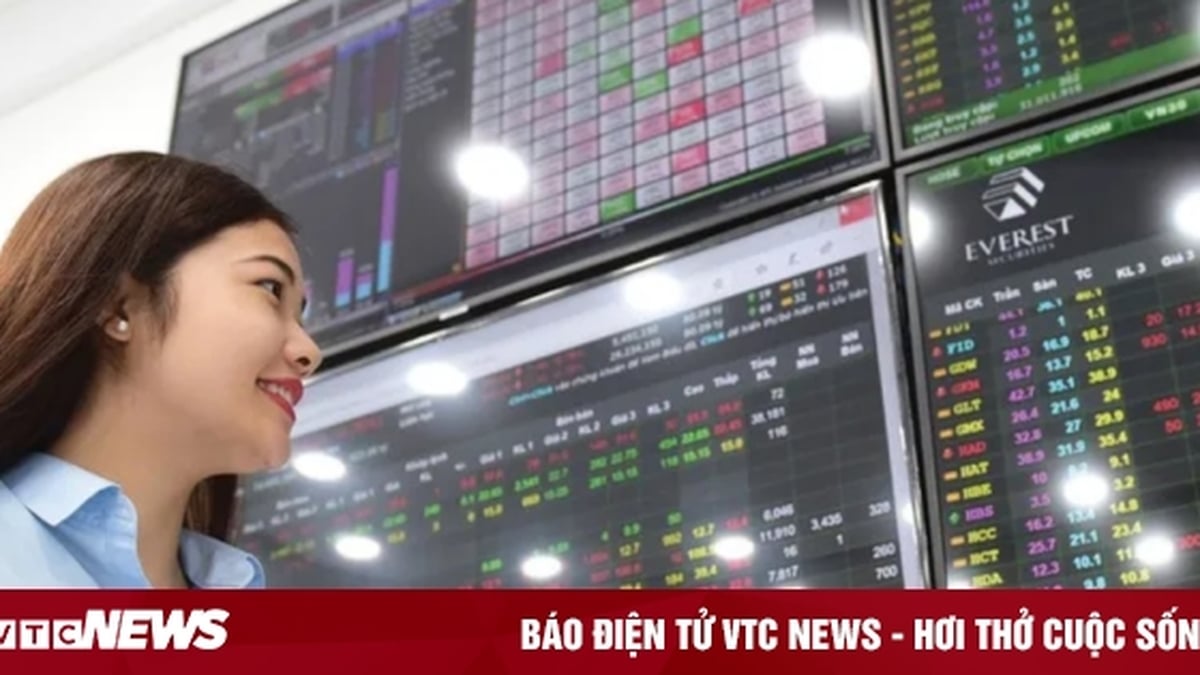



























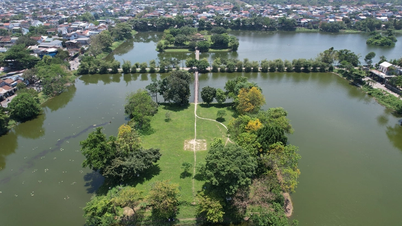



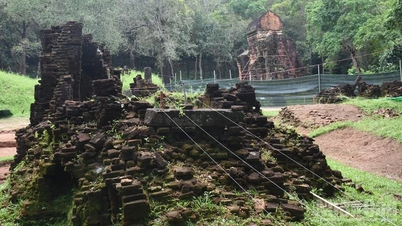





















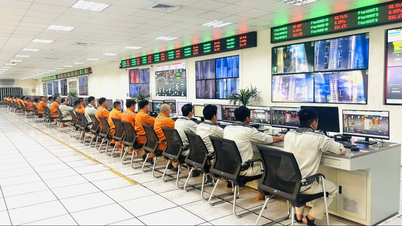

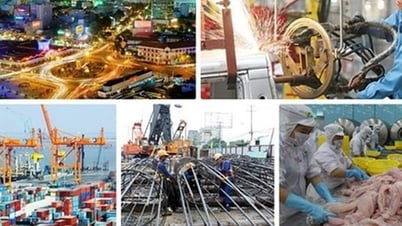


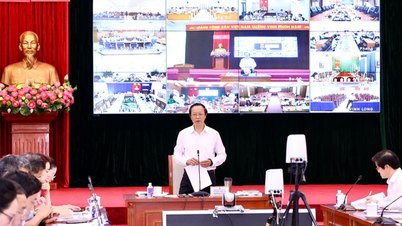

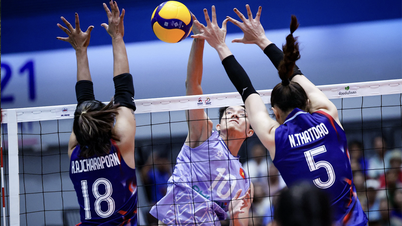





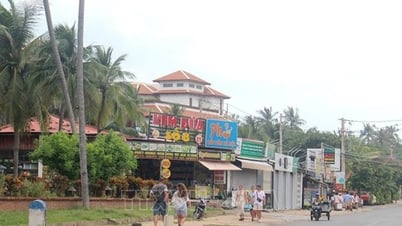

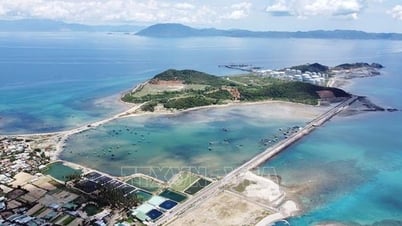






















Comment (0)